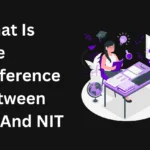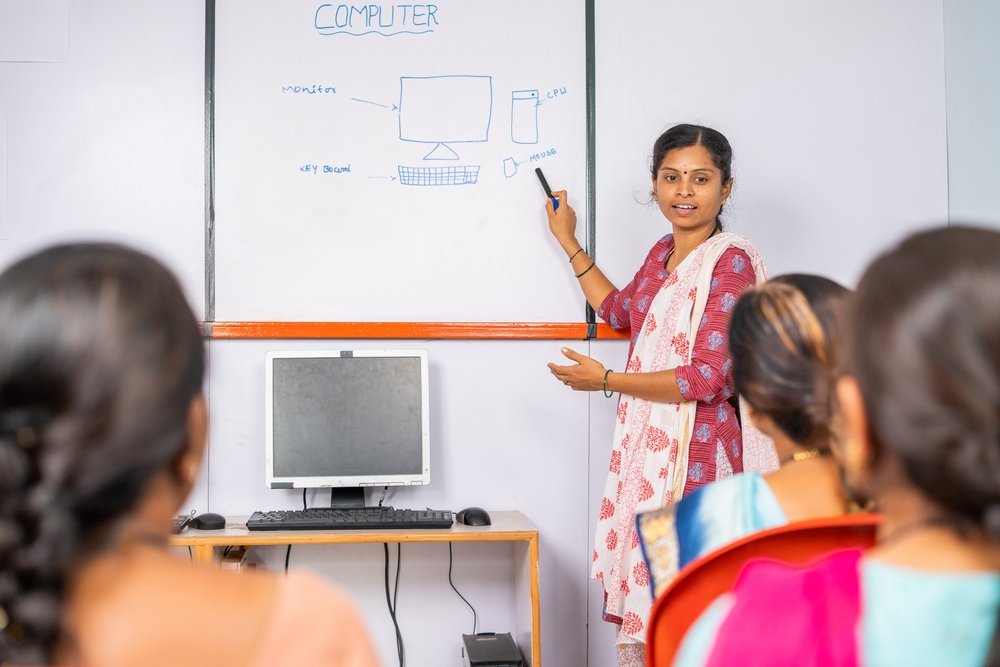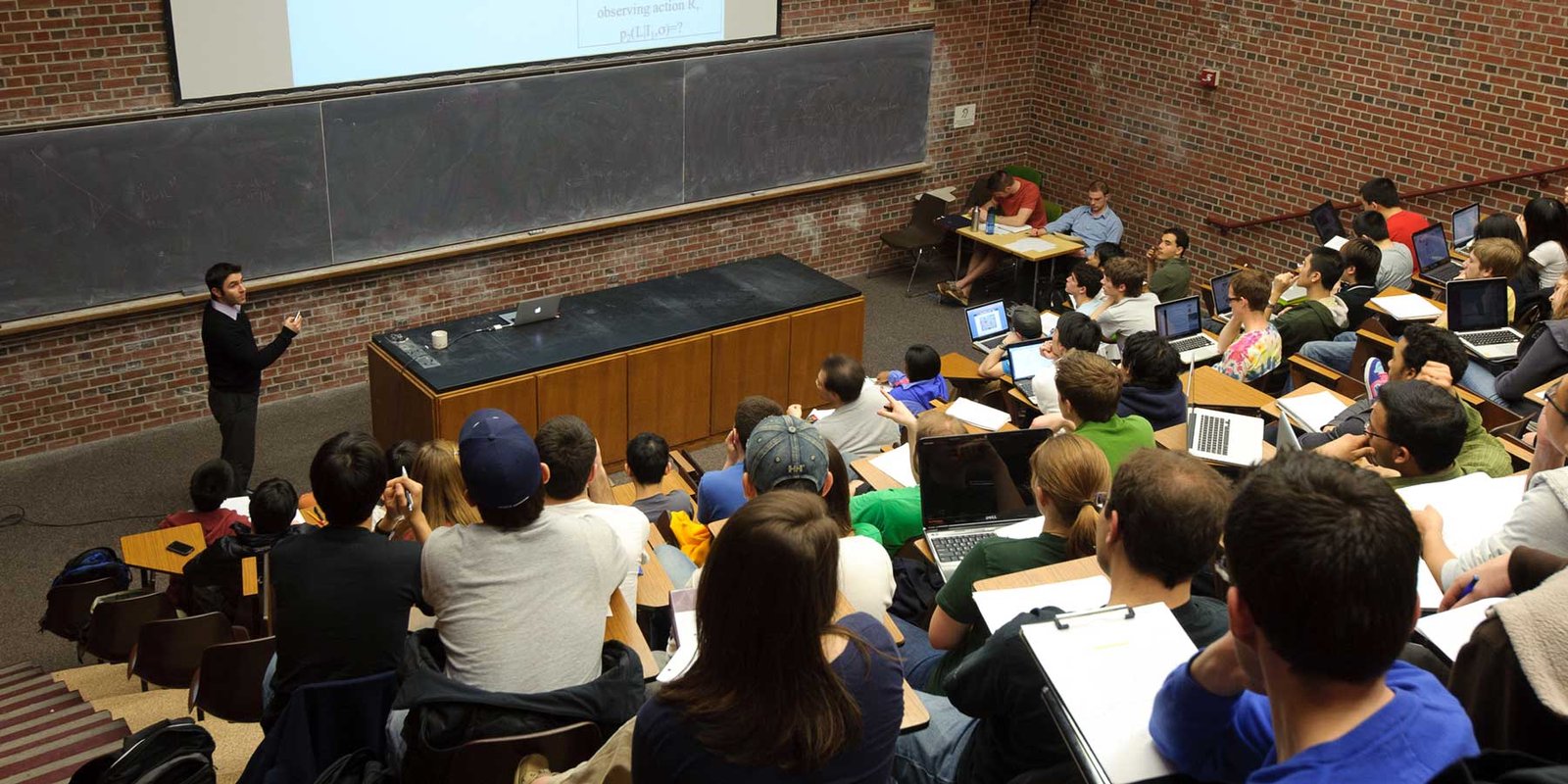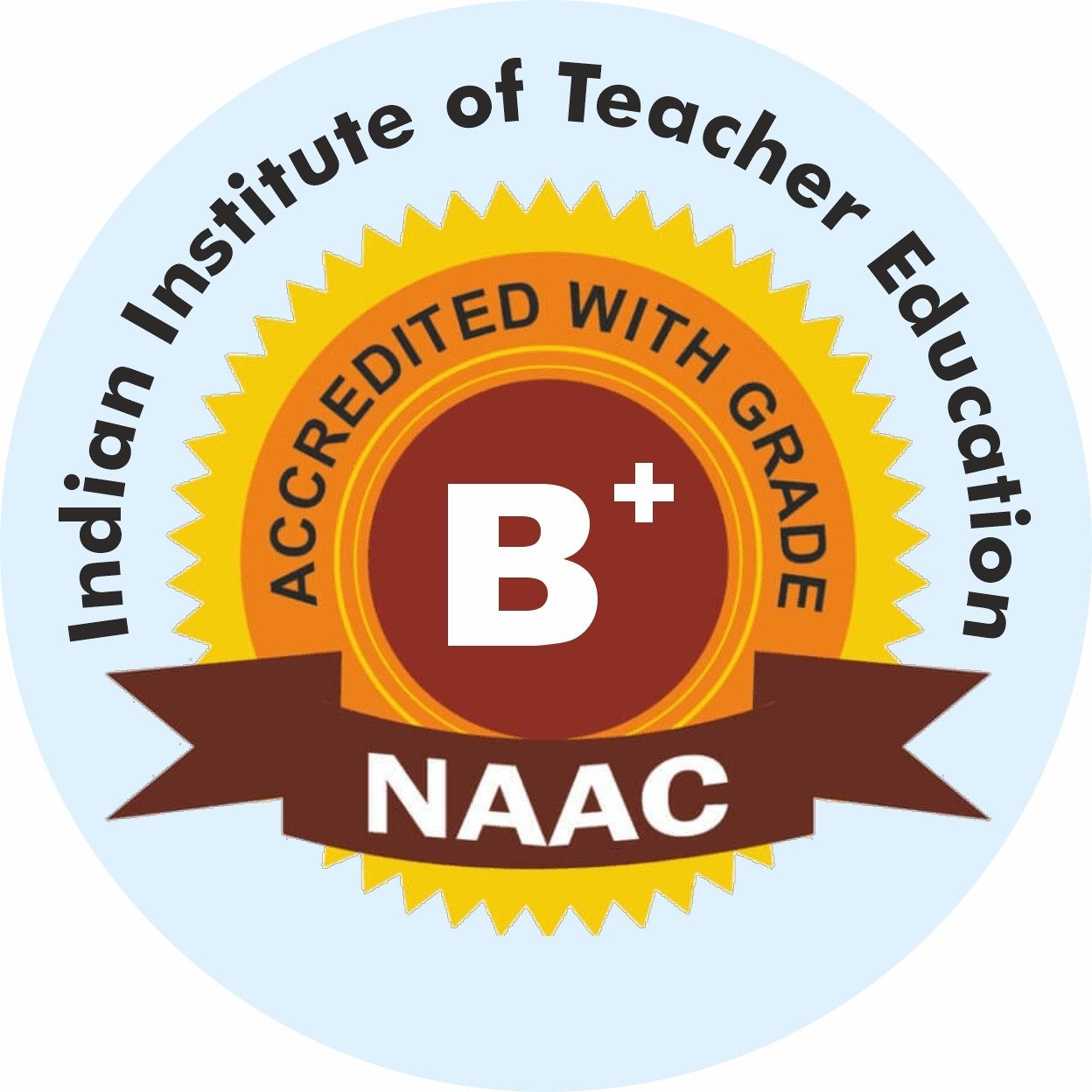A professor in India is a special breed. India boasts of an educational system in which everyone is an invaluable tower of intellect. Though massive lecture halls in bustling big-city universities differ in scale from some tour-jostled rural neighborhood university or college, the hallmark of any institution in India-nonetheless-presides in the tutors. With that in mind, professors in India do constitute a subtle yet essential aspect of the nurturing of talent, the fostering of innovation that such individuals partake in, and the guidance toward wealth and stability that students can then take. This essay takes note of the problems faced by Indian professors. It goes further to ponder upon their anxieties concerning a bright new world, the anxiety of innovation, and their bright new dreams of the future education landscape.
The Role of Professors in India’s Academic Landscape
Professors are the leading agents within the academia firmament. More than just educators, they act like mentors, researchers, policymakers, and societal influencers at the interplay of all these roles. It’s such a hard job for Indian professors to straddle the world between brainy bookish theories of reality and their actual experiences.
Section A: Teachers and Guides
The millions of students in Engineering, Medicine, Law, Arts, and other disciplines in India are led and mentored by teachers. Often coming from privileged backgrounds, teachers are the first individuals who tend to recognize and bring the concerned talent from a disadvantaged group of students.
Section B: Researchers and Innovators
This vast pool of Indian university professors makes a nice mark in world research scenarios. Researchers in India contribute massively from the fields of science and technology to the great cultural and social analysis of the country, essential for the country’s progress.
Challenges Faced by Indian Professors
- Limited Research Facilities
Many universities especially within the rural ambit miss out on what modern facilities mean, for instance fully outfitted laboratories, libraries, and pursued in technology-driven classrooms. Teachers generally work under very trying conditions in these universities.
- Overload of Work
Students-to-teachers ratio is unequal; this makes the teachers do more teaching with emotional stress and administrative work compared to research. As a result, some students are deprived of proper attention resulting in a weakness in education and mentorship.
- Limited Research Funding
India does not match the allocative efforts of research against GDP as do many advanced nations, and that presents no funding for a research mission that outstrips the visions of the professor or researcher.
- Bureaucratic Problems
India’s higher education is replete with controls and rules. Thus professors frequently encounter hurdles set up by a bureaucratic structure that curtails their academic freedom and renders any innovation difficult.
Innovations by Indian Professors
Technology-Driven Teaching
The integration of online platforms, virtual labs, and AI-driven learning tools has entirely reconfigured the classroom experience. Professors now use Learning Management Systems (LMS) or other tools to engage students more effectively.
Interdisciplinary Approaches
Many professors have signaled their intention to adopt interdisciplinary teaching methodologies. These methodologies combine subjects, for instance, AI with ethics or environmental science with economics, thereby helping to offer a picture of holistic education.
Collaborative Research
Indian professors build collaboration with international institutions, ultimately tackling issues like climate change, public health, and sustainable development.
Soft Skills
Recognizing those needed and desired communication skills, teamwork, and problem-solving abilities, professors within the traditional curriculum have begun integrating soft skills training.
The Global Influence of Indian Professors
Indian educators also do their share of work not only in India but on the competitive global platform. They lead in top university research and also contribute to global policymaking on implications far and wide.
The Diaspora Accelerates
Several Indian-origin professors around the world are leading in their teaching and research academically. Their success provides strength for academia based in India.
Collaboration Beyond Borders
Different disciplines like biotechnology, space research, and information technology have advanced beyond proportion due to cross-border collaboration.
The Future Pathways for Indian Professors
Besides streamlining bureaucratic requirements, there are policies that can work towards instilling an air of academic creativity and empowerment to professors.
Channels of expression, or perhaps even opportunities for more originality, should present a logically sound policy reform to remove red tape from the true teaching process.
The role of a professor in this country is quickly getting transformed, emerging beyond simply disseminating information to becoming a source from which to draw inspiration and to explore it to a pointer, on their own, and to find solutions. For any kind of contribution to be sufficient to make an educational enterprising country a global superpower, the efforts of professors will be necessary.
Conclusion
Through dedication, innovation, and resilience, Indian professors are shaping the future of education. To unlock the full potential of its academic community and thus, bring a generation of students who can tackle global challenges, India must confront their challenges.











